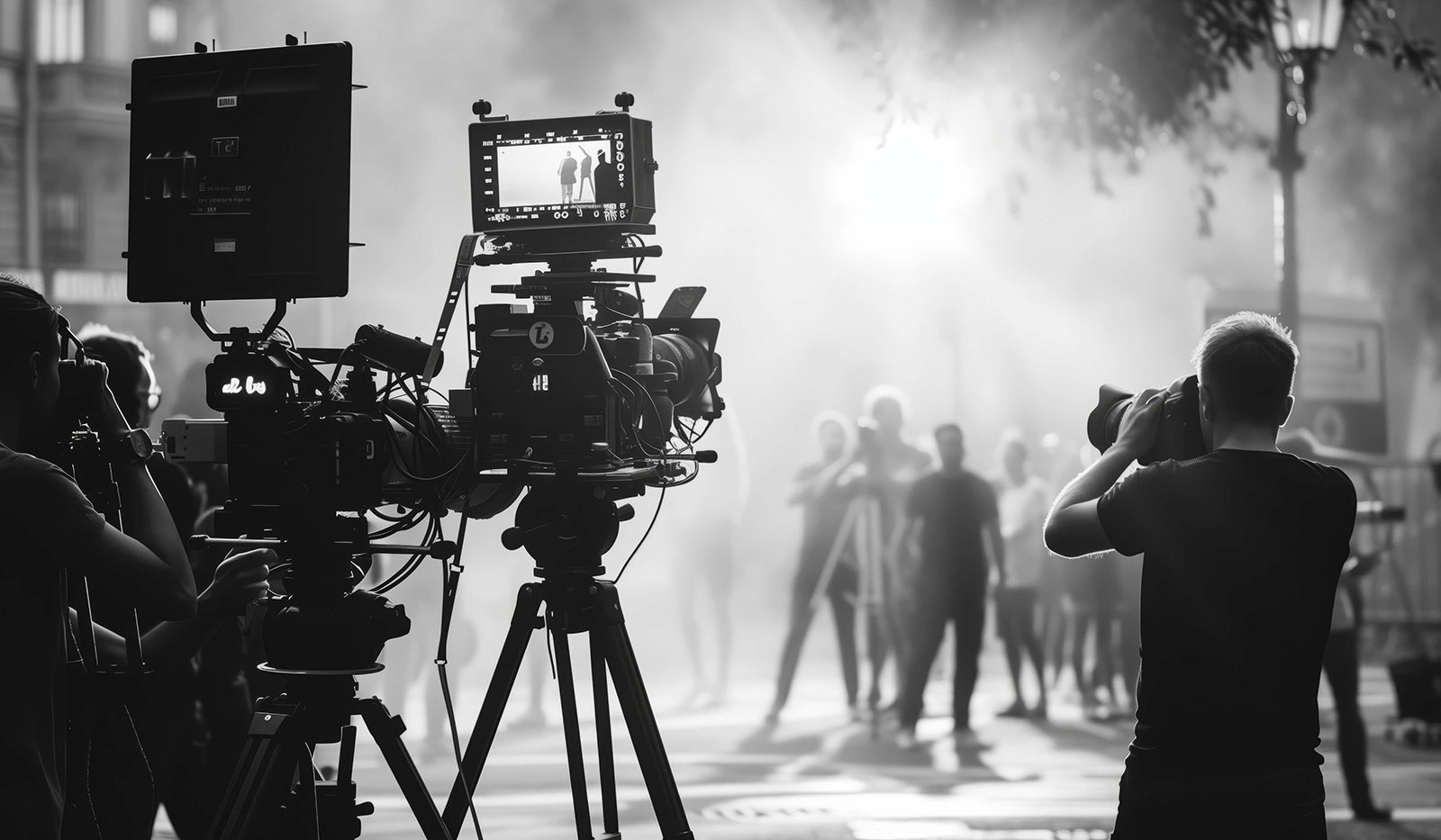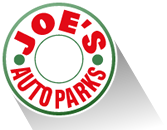
Need an Art Deco interior for a noir-style film? DTLA has it. Want gritty, urban alleyways? They’re here too. It’s no surprise DTLA has become a go-to spot for production teams.
Downtown Los Angeles (DTLA) is a filmmaker’s dream. With its mix of historic buildings, gleaming skyscrapers, industrial backdrops, and colorful murals, it offers an unparalleled range of locations. Although the locations are plentiful, logistics can be a challenge. Shooting in DTLA means navigating a maze of permits, boundaries, noise rules, and parking limitations. Whether you’re filming a high-octane car chase or an intimate character study, preparation is key. This comprehensive guide breaks it all down for you, ensuring your production goes off without a hitch.
Permits and Legal Requirements
DTLA’s diverse offerings come with the need for structure. Securing permits and understanding legal requirements is the foundation of any successful production.
Obtaining Film Permits
Before filming begins, you’ll need a permit. FilmLA is your one-stop shop for this. As the official film office of Greater Los Angeles, they manage permits for many DTLA locations. The process requires detailed information about your shoot: where and when you’re filming, the type of equipment you’ll use, and whether there’ll be special effects.
Expect fees, and don’t forget production insurance—most locations require it. From small student projects to blockbuster shoots, permits are non-negotiable.
Special Considerations
Planning a drone shot or a car chase? Activities like stunts, special effects, and aerial filming often require extra permits and longer lead times. Sensitive locations, such as schools, government buildings, or parks, may have additional restrictions. Anticipate these hurdles early in your planning.
Last-Minute Changes
Sometimes circumstances change—a location falls through, weather shifts, or production needs evolve. FilmLA allows for amendments to permits, but these often come with additional fees and waiting periods. Always have a thoroughly planned contingency plan in place.
Understanding DTLA Boundaries and Zones
DTLA isn’t just one neighborhood; it’s a collection of distinct districts, each with its own unique character. Knowing the layout and boundaries can help you plan effectively and avoid logistical headaches. The area stretches approximately from the 110 Freeway on the west to the Los Angeles River on the east, with the 10 Freeway marking its southern edge and Cesar Chavez Avenue to the north.
Neighborhood Highlights
The Arts District offers a blend of industrial grit and vibrant street art, making it perfect for music videos, urban dramas, or gritty thrillers. The Financial District, home to gleaming skyscrapers and modern architecture, is ideal for corporate or futuristic themes. In the Historic Core, vintage theaters, ornate facades, and old-world charm abound, creating an excellent backdrop for period pieces or nostalgic themes. Little Tokyo provides a mix of cultural landmarks and bustling pedestrian streets, perfect for projects needing an international flair. The Fashion District’s urban alleys and bustling storefronts offer a dynamic backdrop for street-level energy.
Each area comes with specific considerations such as traffic congestion, pedestrian activity, and permitting requirements. Research thoroughly to ensure a smooth shoot.
Location Scouting and Site Selection
Scouting the perfect location is one of the most creative aspects of pre-production. In DTLA, the sheer variety of options—from historic landmarks to sleek modern buildings—can be both inspiring and overwhelming. A strategic approach to location scouting ensures you choose the site that best aligns with your creative vision and logistical needs.
Finding the Right Spot
Online tools like FilmLA’s LocoScout, a digital location database, are an excellent starting point for identifying potential locations. These platforms provide a database of camera-ready properties across DTLA, complete with photos and key details. However, no amount of online research can replace the value of a comprehensive in-person visit. Walking the site allows you to evaluate factors that photos can’t capture, such as natural lighting, ambient noise levels, and the overall character of the space.
When evaluating potential filming locations, take detailed notes and photos to share with your production team. Consider how each site fits into your narrative and assess any potential challenges it might present. For example, will pedestrian traffic interfere with filming? Are there nearby construction projects that could disrupt audio recording? These are critical details to address early.
Key Factors to Evaluate
- Accessibility: Ensure the location is accessible for production vehicles, equipment trailers, and crew members. Consider loading zones, freight elevators, or ramps if you’re working in multi-story buildings.
- Amenities: Look for essential on-site facilities such as restrooms, power sources, and shelter for the crew. If these are not available, factor in the cost and time needed to bring in portable amenities.
- Permitting Requirements: Verify that the location is suitable for your production’s scope and aligns with local permitting rules. Some locations may have restrictions on specific activities, like filming stunts or using drones.
Matching the Location to Your Narrative
The right location can elevate your story, becoming a character in its own right. DTLA offers diverse settings, from the vintage charm of the Historic Core to the industrial backdrops of the Arts District. Collaborate closely with your production designer to ensure the location complements the tone and themes of your project.
Building Relationships with Property Owners
A smooth shoot often depends on a good relationship with the property owner or manager. Be upfront about your production’s needs and respectful of any limitations they set. Offering fair compensation and leaving the site in pristine condition can help you establish a reputation as a responsible filmmaker, opening doors to future collaborations.
Safety Protocols and Risk Management
Filming in an urban environment like DTLA presents unique risks, from on-set accidents to security concerns. A comprehensive safety plan ensures the well-being of your cast and crew, protects expensive equipment, and helps avoid costly delays. By addressing potential risks upfront, you create a safer and more efficient production environment.
Ensuring Safety
Safety should be a top priority on every set, whether you’re working with complex stunts or simple dialogue scenes. Urban environments introduce additional variables like traffic, crowded public spaces, and unpredictable weather, so it’s essential to take extra precautions.
- Adhere to Local Safety Regulations: Ensure your production complies with Los Angeles safety codes, including fire regulations, road usage rules, and any specific requirements for special effects or stunts.
- Conduct Safety Briefings: Start each day with a safety meeting to review potential hazards, emergency procedures, and set-specific precautions. Make sure everyone, from the director to the extras, knows their role in maintaining a safe environment.
- Prepare for Emergencies: Have first-aid kits, fire extinguishers, and other emergency equipment readily accessible on set. Assign team members to oversee emergency response and ensure everyone knows the location of safety equipment.
Security Measures
Urban filming often involves valuable equipment and high foot traffic. Protecting your set from theft or unauthorized access is critical. Consider hiring trained security personnel, especially for larger productions or shoots in high-traffic areas. Keep sensitive equipment secured when not in use and limit access to the set with clear barriers or signage.
Insurance and Liability
Appropriate insurance coverage is a must for most DTLA filming locations, and the right coverage protects you from unforeseen costs.
- Comprehensive Coverage: Your policy should cover property damage, personal injury, equipment loss, and liability for third-party claims. For productions with stunts or special effects, ensure your policy includes those activities.
- Vendor Requirements: Some locations and vendors may have specific insurance requirements, such as additional riders or minimum coverage limits. Verify these details early to avoid delays.
By prioritizing safety and planning for risks, you protect not only your team but also your reputation as a responsible production company. A safe set fosters creativity, allowing your team to focus on creating the best possible film.
Noise Management and Community Relations
Filming in an urban environment like DTLA presents unique challenges, especially when it comes to noise. With its mix of residential, commercial, and industrial zones, DTLA enforces strict noise ordinances to minimize disturbances. Managing noise effectively is not just about complying with regulations—it’s also about fostering positive relationships with the local community. Proactive communication and thoughtful planning are essential to ensuring a smooth shoot.
Understanding Noise Ordinances
Noise regulations in Los Angeles vary by zone and time of day. Residential areas are particularly sensitive, with stricter limits on decibel levels during evening and nighttime hours. Standard noise limits are 50 decibels during nighttime hours (10 PM – 7 AM) and 60 decibels during daytime hours in residential zones. Commercial and industrial zones typically allow up to 65 decibels during the day.
Tips to Stay Compliant
- Use soundproofing equipment such as sound blankets, acoustic panels, or barriers to dampen noise from equipment such as generators or vehicles. For indoor shoots, closing windows and adding temporary insulation can further reduce noise impact.
- Schedule noisy activities—such as special effects or crowd scenes—during daytime hours, when noise restrictions are more lenient.
- Provide advance notice to nearby businesses and residents, detailing your filming schedule and any anticipated disruptions. Include a contact number for a designated crew member to address concerns.
Engaging the Community
DTLA residents and businesses are accustomed to film crews, but maintaining open communication is essential for a successful production. Send notices well in advance, clearly outlining filming dates, times, and potential disruptions such as road closures, parking limitations, or noise. For a personal touch, visit nearby businesses to explain your plans.
Productions can contribute positively to the community through increased foot traffic for local businesses or temporary jobs for residents. Share examples of previous productions that brought value to the area.
Be transparent about the steps you’re taking to minimize disruptions, such as soundproofing measures or scheduling adjustments. This demonstrates consideration and helps build cooperation.
Dealing with Complaints
Despite your best efforts, noise complaints or other issues may arise. Handle them promptly and professionally by assigning a dedicated liaison from your crew to manage community interactions. Listening to concerns, explaining your noise mitigation efforts, and offering practical solutions can turn a potential conflict into a constructive dialogue.
Joe’s Auto Parks: A Parking Solution for Every Production
When it comes to parking in DTLA, Joe’s Auto Parks stands out as the ultimate choice for filmmakers. With numerous locations scattered throughout the area, Joe’s provides convenient and reliable parking solutions tailored to the unique demands of production teams.
Why Choose Joe’s Auto Parks?
- Proximity to Key Filming Zones: Joe’s Auto Parks locations are strategically positioned near DTLA’s most popular filming neighborhoods, from the Arts District to the Historic Core.
- Ample Space for Equipment: Whether you need space for crew vehicles, trailers, or production equipment, Joe’s lots can accommodate productions of all sizes.
- Flexible Options: Joe’s offers a variety of parking configurations, including open-air lots and multi-level garages, ensuring a solution for every type of production.
Locations Across DTLA
Joe’s expansive network of parking facilities ensures that no matter where your shoot takes you, there’s a convenient option nearby. Each lot is designed to simplify logistics and provide easy access to filming locations, helping you focus on the creative aspects of your production. For more information and to explore our offerings, visit Joe’s Auto Parks Filming Locations.
Wrapping Up Your DTLA Filming Experience
Shooting in DTLA is both thrilling and challenging. From securing permits to navigating noise ordinances and parking logistics, it requires careful preparation. But with its variety of locations and available resources, DTLA offers significant opportunities for filmmakers.
Plan thoroughly, respect the community, and leverage the area’s unique assets to create something extraordinary. Whether it’s a blockbuster or an indie masterpiece, DTLA is ready to bring your vision to life.

Comments are closed.